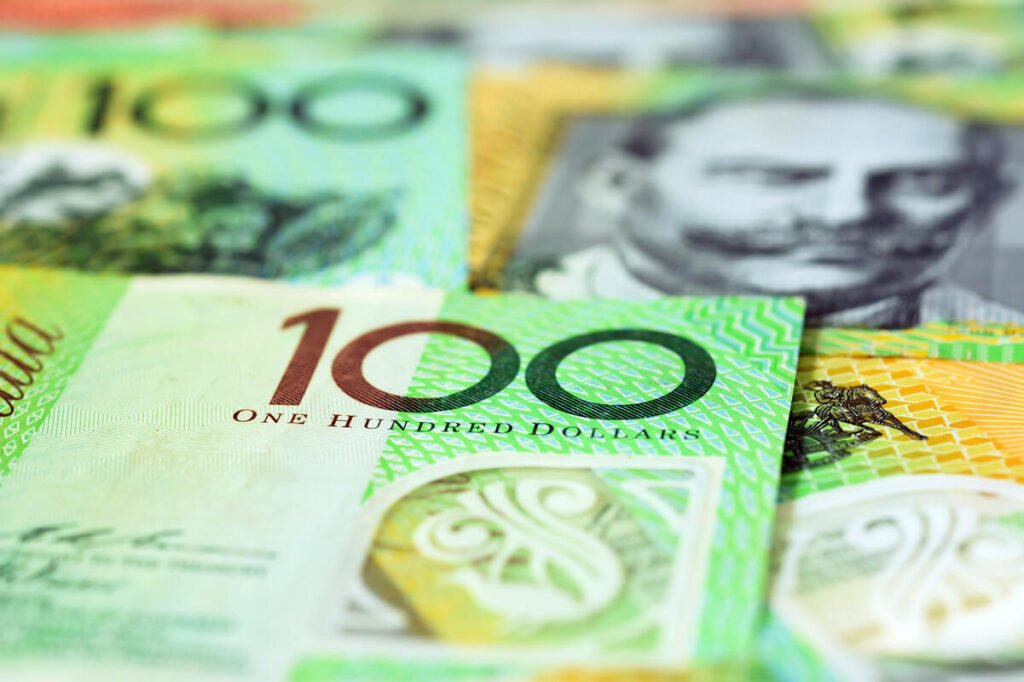
- AUD/USD picks up bids to pare intraday losses amid sluggish session.
- Mixed China data, fears of Australia’s economic slowdown, uptick in unemployment rate prod Aussie pair buyers.
- Market’s consolidation amid pre-Fed blackout favors US Dollar but lack of important data/events, Japan’s holiday prods DXY bulls.
- Second-tier US data, risk catalysts eyed for intraday clues, RBA Minutes, Aussie jobs report and US Retail Sales are crucial.
AUD/USD bounces off intraday low to 0.6820 heading into Monday’s European session, paring the daily loss amid a sluggish start to the week. Even so, the Aussie pair remains on the back foot for the second consecutive day amid downbeat economic concerns at home, as well as surrounding the major customer China. Also weighing on the Aussie pair could be the market’s consolidation of the US Dollar losses ahead of the late July Fed meeting.
That said, the US Dollar Index (DXY), also known as the USD Index, retreats from the intraday high to 99.95 at the latest. In doing so, the greenback’s gauge versus the six major currencies fade Friday’s corrective bounce off the lowest levels since April 2022, mainly triggered due to the upbeat US sentiment data and inflation expectations figures.
Elsewhere, downbeat China data also weigh on the AUD/USD price, despite the latest consolidation in the pair’s corrective bounce. That said, China’s second quarter (Q2) 2023 Gross Domestic Product (GDP) came in at 0.8% QoQ versus 0.5% market forecasts and 2.2% prior whereas the GDP YoY figures rose past the previous readings of 4.5% to 6.3%, versus analysts’ estimations of 7.3%. Further, the Industrial Production growth jumped to 4.4% YoY in June, compared to the 2.7% expected and 3.5% prior, whereas the Retail Sales slumped to 3.1% from 12.7% prior and 3.2% market consensus. It should be noted that China’s June survey-based Jobless Rate for 24-year-olds jumped to a record high of 21.3%.
On the other hand, mixed concerns about global inflation, flagged by the International Monetary Fund (IMF), renew inflation fears and weighed on the risk appetite amid the pre-Fed blackout period, which in turn weighs on the AUD/USD price.
Furthermore, economic fears flagged by Australian Treasurer Jim Chalmers join the downbeat statistics from major customer China to print mild losses of the AUD/USD pair.
Alternatively, the reopening of the Western markets, after a weekend, allows the US Dollar bears to lick their wounds after the previous day’s corrective bounces.
Additionally, hopes that the Reserve Bank of Australia (RBA) is yet to confirm the dovish trajectory, despite the recently downbeat Aussie statistics, also allow the AUD/USD to rebound from the intraday lows.
Looking ahead, this week’s RBA Minutes and Australian employment data for June will be crucial as the election of Michele Bullock as the next Governor weighs on the AUD/USD price. Also highlighting the Aussie pair’s latest rebound is the market’s preparations for the late July Fed monetary policy decision.
Technical analysis
AUD/USD pair portrays a “double top” bearish chart formation around 0.6900, suggesting a pullback in the prices. However, the 200-SMA on the daily chart joins a fortnight-old rising support line, to around 0.6705 and 0.6675 in that order, to restrict the short-term downside of the pair.

